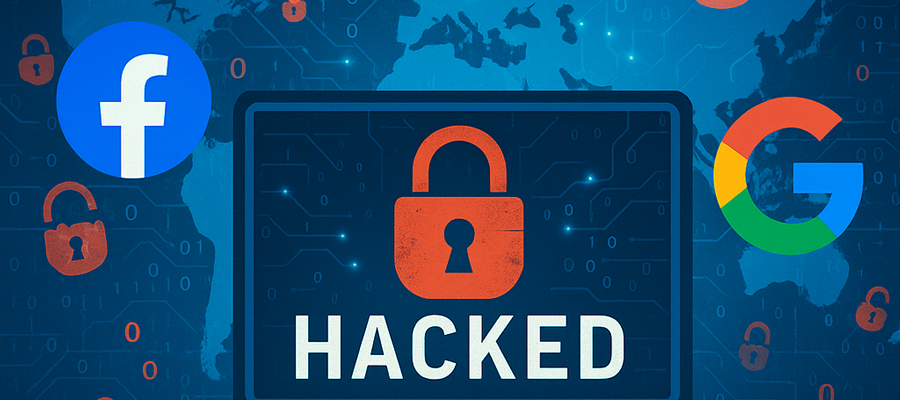
WEST PALM BEACH, FL – A massive trove of approximately 16 billion username-password combinations—along with session tokens and cookies – has surfaced on unsecured servers, cybersecurity researchers confirmed. The cache appears to be an aggregate of around 30 previously known data sets, sourced from malware-based credential thefts and older breaches, rather than a fresh, single-source attack.
Security analysts emphasize the sheer volume of data makes it impossible to identify the exact number of unique users affected, as the compilation likely contains extensive overlap. However, the inclusion of session tokens raises significant alarm; hackers could potentially use these to bypass authentication systems – even in accounts protected by multi-factor authentication.
While Apple, Google, Facebook and several major platforms are included in the data, the leak extends far beyond tech giants. It involves credentials tied to government portals, corporate systems, VPN services, developer tools and niche applications. Experts warn that the compilation poses a heightened risk of credential-stuffing attacks, phishing campaigns, and identity theft given the convenience of such a unified data source.
Although this latest leak represents a reassembly of previously exposed credentials, its scale and accessibility mark a disturbing escalation. Prior credential dumps – like the RockYou2024 and the Mother of All Breaches, which contained billions of records – already posed severe threats. This recent dump is among the most expansive yet confirming that infostealer malware remains a persistent danger for individual users.
Infostealer malware is a type of malicious software specifically designed to steal sensitive information from an infected device – typically without the user’s knowledge. Its primary targets often include:
- Usernames and passwords (especially from web browsers and email clients)
- Bank account credentials
- Credit card numbers
- Authentication cookies and session tokens
- Saved autofill data (addresses, phone numbers, etc.)
- Two-factor authentication codes
- System information (such as operating system, installed software, and IP address)
Once installed, the malware quietly scans the device, collects data, and transmits it to a remote server controlled by the attacker. Some variants even log keystrokes or take screenshots.
Infostealer malware can bypass even multi-factor authentication if it captures session cookies, allowing attackers to hijack live sessions without needing the user’s password again.
In light of the leak, cybersecurity authorities are urging users to take immediate action: change all passwords using unique combinations for each account, enable multi-factor authentication when available, and deploy password managers to ensure strong password hygiene. They also recommend scanning devices for malware to detect and remove infostealer threats before resetting credentials.
Cybersecurity analysts warn that despite being a patchwork of old data, the breach presents immediate and serious implications for online safety. Taken together, the compromised credentials highlight ongoing threats and underscore the critical importance of proactive personal security measures.

About The Author: John Colascione is Chief Executive Officer of SEARCHEN NETWORKS®. He specializes in Website Monetization, is a Google AdWords Certified Professional, authored a how-to book called ”Mastering Your Website‘, and is a key player in several online businesses.

 *** Here Is A List Of Some Of The Best Domain Name Resources Available ***
*** Here Is A List Of Some Of The Best Domain Name Resources Available ***
Leave a Reply